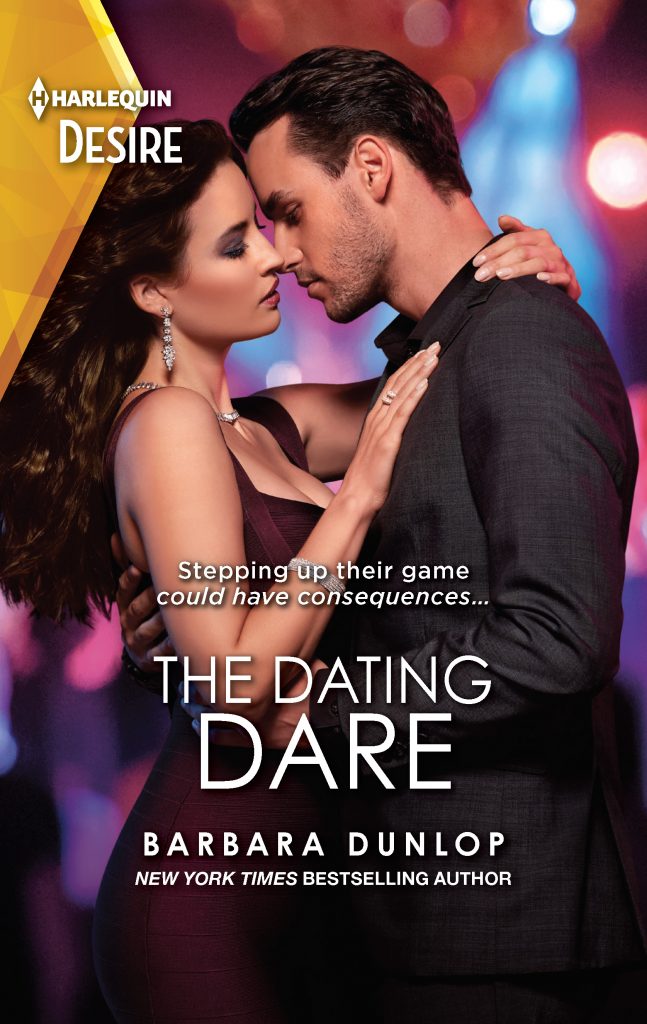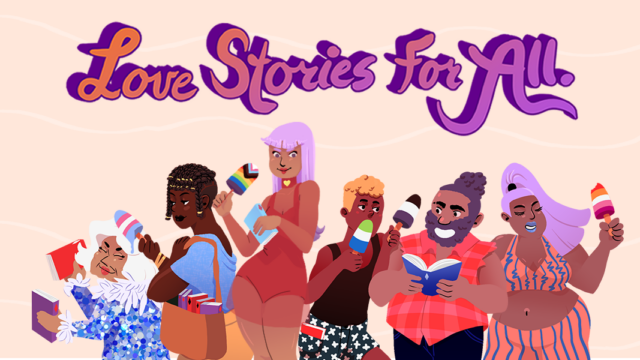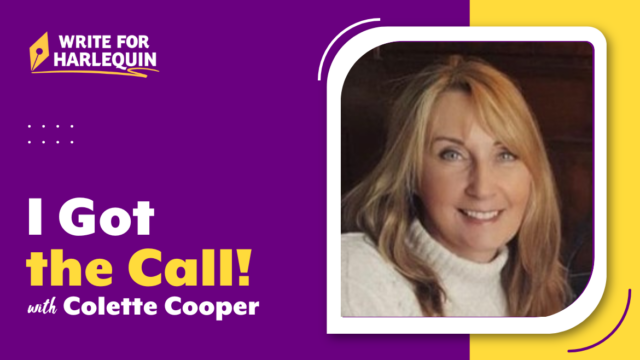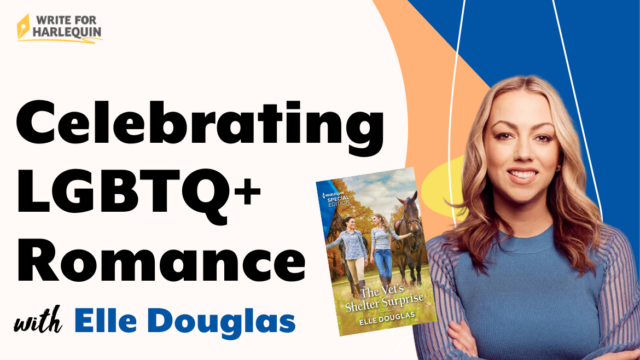
Before writing page one of your romance novel, there are some fundamental questions about voice you need to ask yourself. Whose story is it? What’s the best way to communicate what your characters are thinking and feeling? In other words, what point of view (POV) should you use? As part of our Back to Basics series on the fundamentals of romance writing, we sat down with Editor Kathryn Lye to ask her about point of view (POV) in Harlequin romance novels.
Is there a recommended or required POV for Harlequin series romance books?
The recommended POV is third person with some first person thoughts included as well, usually in key moments. More Harlequin series romance books have been written entirely in first person the past five years, so it’s not off the table if the author thinks the POV serves the story better.

Does an author have to use one POV for the entire book?
One style of POV is recommended, but it’s typical and more engaging to have more than one POV for the entire book. Having the main characters’ POV gives important insights and information to the reader about the hero’s or heroine’s feelings, thinking and decision-making. Having a third character’s POV can also add to a story or be included for specific plot points—for instance, the villain’s POV, or comic relief—for instance, a kid’s POV.
I’ve heard editors complain about “head-hopping”. Can you explain what that is?
“Head-hopping” is when an author has the POV jumping from one character to another, or among multiple characters within a scene, sometimes within a paragraph or few lines of dialogue. This can be very confusing for the reader. Our readers expect to stay in one character’s POV for a scene and if a switch to another character’s POV is needed, then there’s a time break and the change is made or a new chapter started.
What are some other mistakes you see authors make with POV?
Authors need to be consistent with their style of POV in the book.
If two points of view are included, for example, the hero’s and heroine’s, it’s important there’s a balance or that they’re given equal time in the story, and that the book doesn’t favor one at the expense of the other.

With two or more points of view, be sure to make each as distinct as possible. Using the same vocabulary, slang, mannerisms, personality traits for characters makes everything too similar and the story may not be as strong as it could be.
Do you have any examples of books or authors you feel handle POV exceptionally well?
In Twins for the Rodeo Star and Christmas on the Ranch, Heartwarming author Julianna Morris does a fine job of showcasing different characters’ points of view, and adding a third, sometimes a fourth character’s point of view.
Barbara Dunlop’s books The Twin Switch and The Dating Dare for Desire are written in first person and good examples of that POV style.
Thanks, Kathryn! For more great romance writing tips from our editors and authors, check out the rest of our Back to Basics series and explore our archive under “Writing Advice”!



